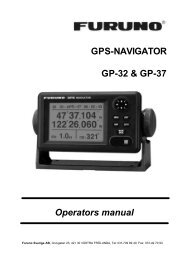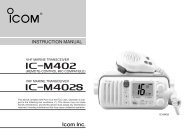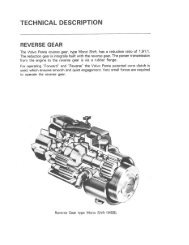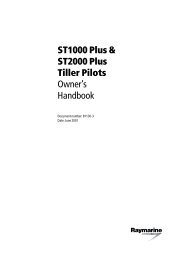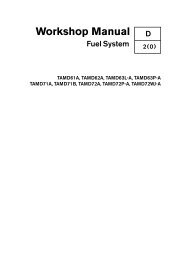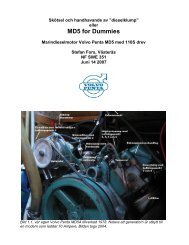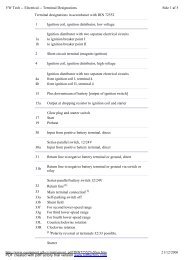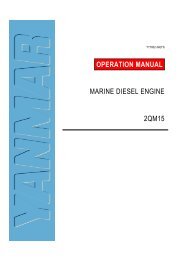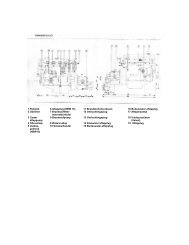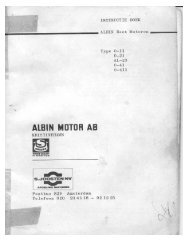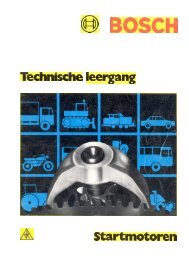Create successful ePaper yourself
Turn your PDF publications into a flip-book with our unique Google optimized e-Paper software.
Chapter Two<br />
Troubleshooting<br />
Every internal combustion engine requires an uninterrupted<br />
supply of fuel, air, ignition and adequate compression.<br />
If any of these are lacking, the engine will not run.<br />
Troubleshooting is a relatively simple matter if it is<br />
done logically. The first step in any troubleshooting procedure<br />
is to define the symptoms as fully as possible and<br />
then localize the problem. Subsequent steps involve testing<br />
and analyzing those areas that could cause the symptoms.<br />
A haphazard approach may eventually solve the<br />
problem, but it can be costly in terms of wasted time and<br />
unnecessary parts replacement.<br />
When all else fails, go back to basics-simple solutions<br />
often solve complex-appearing problems.<br />
Never assume anything. Do not overlook the obvious. If<br />
the engine suddenly quits when running or refuses to start,<br />
check the easiest and most accessible areas first. Make<br />
sure there is fuel in the tank and that the wiring is properly<br />
connected.<br />
Be familiar with the engine compartment and engine<br />
components so a quick visual check is possible. Learning<br />
to recognize and describe symptoms accurately will make<br />
repairs easier. If a technician is required, saying that it will<br />
not run is not the same as saying that it quit at full throttle<br />
and would not restart.<br />
Identify as many symptoms as possible to aid in diagnosis.<br />
Note whether the engine lost power gradually or all at<br />
once, what color smoke (if any) came from the exhaust,<br />
etc.<br />
After defining the symptoms, test and analyze those areas<br />
that could cause the problem(s). Many problems can<br />
be analyzed without expensive test equipment. A few<br />
simple checks can keep a small problem from turning into<br />
a large one. They can also avoid a large repair bill and<br />
time lost while the boat sits in a shop's service department.<br />
On the other hand, be realistic and do not attempt repairs<br />
beyond your abilities or with makeshift tools. Marine<br />
service departments also tend to charge heavily for<br />
putting together a disassembled engine or other components<br />
that may have been abused. Some shops will not<br />
even accept such a job. Use common sense and do not get<br />
in over your head or attempt a job without the proper<br />
tools.<br />
Proper lubrication, maintenance and periodic tune-ups<br />
as described in Chapter Three will reduce the necessity for<br />
troubleshooting. Even with the best care, however, every<br />
marine engine is prone to problems that will eventually require<br />
troubleshooting.<br />
If installing replacement parts, do not use automotive<br />
parts. While marine components, such as starters and alternators,<br />
may appear to be the same as automotive components,<br />
they are not. Marine components have been<br />
designed to withstand the unique requirements of marine




